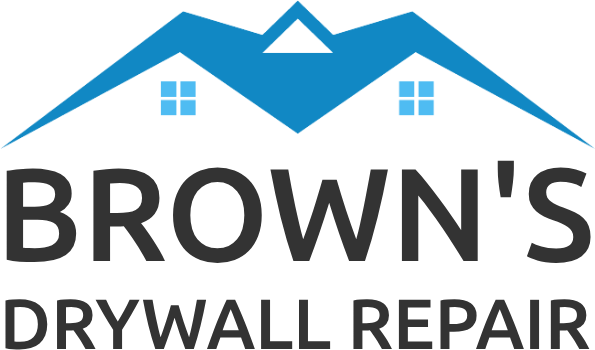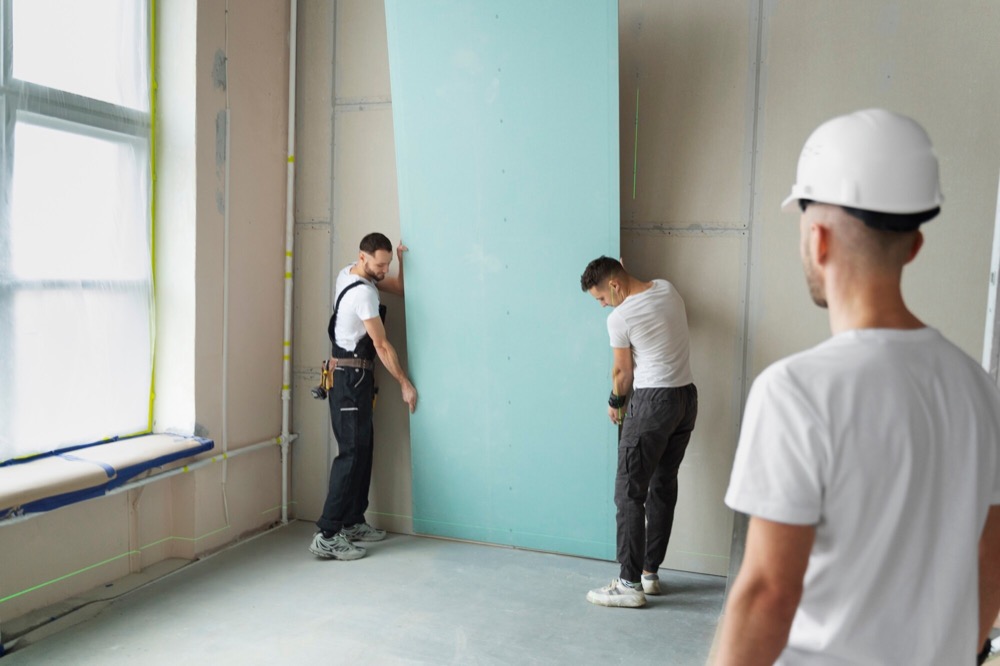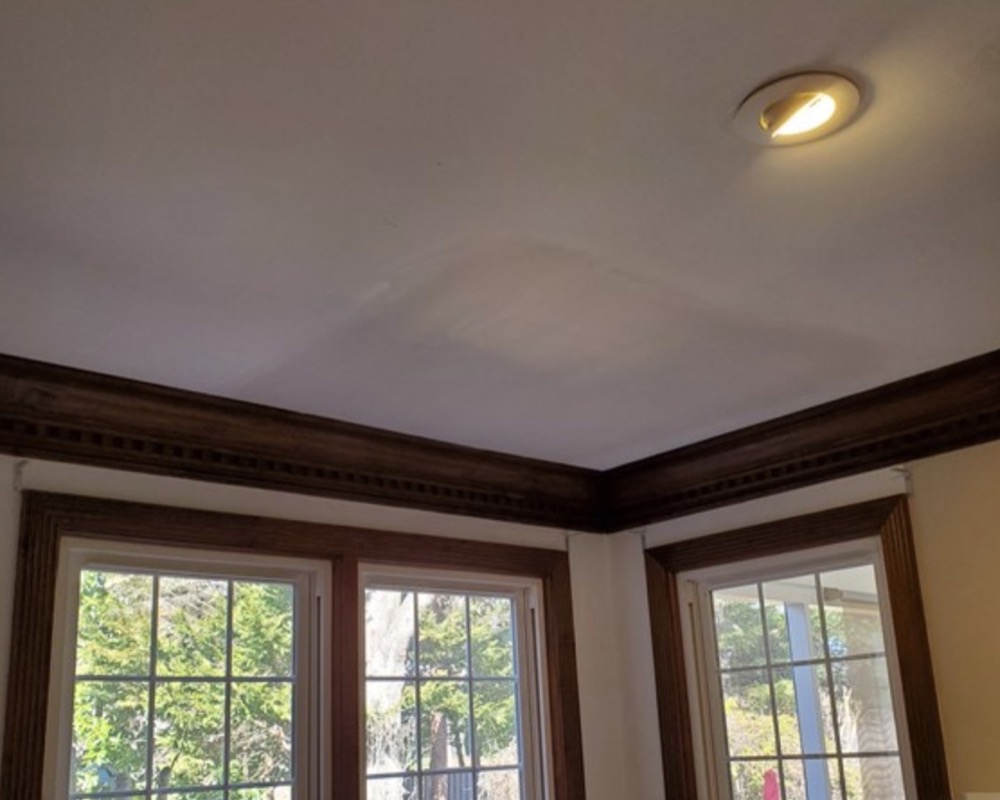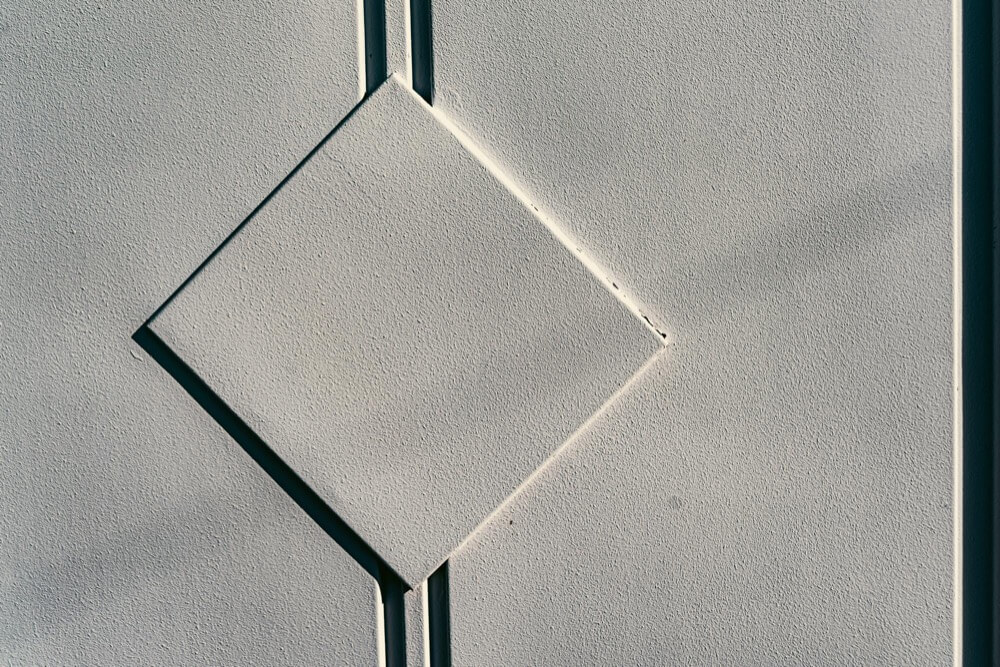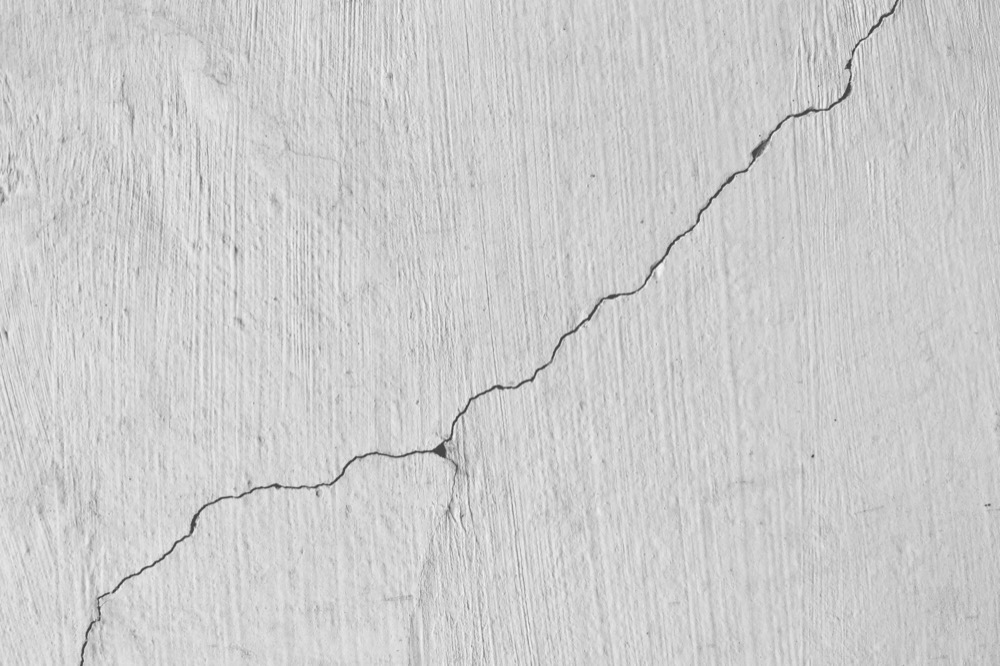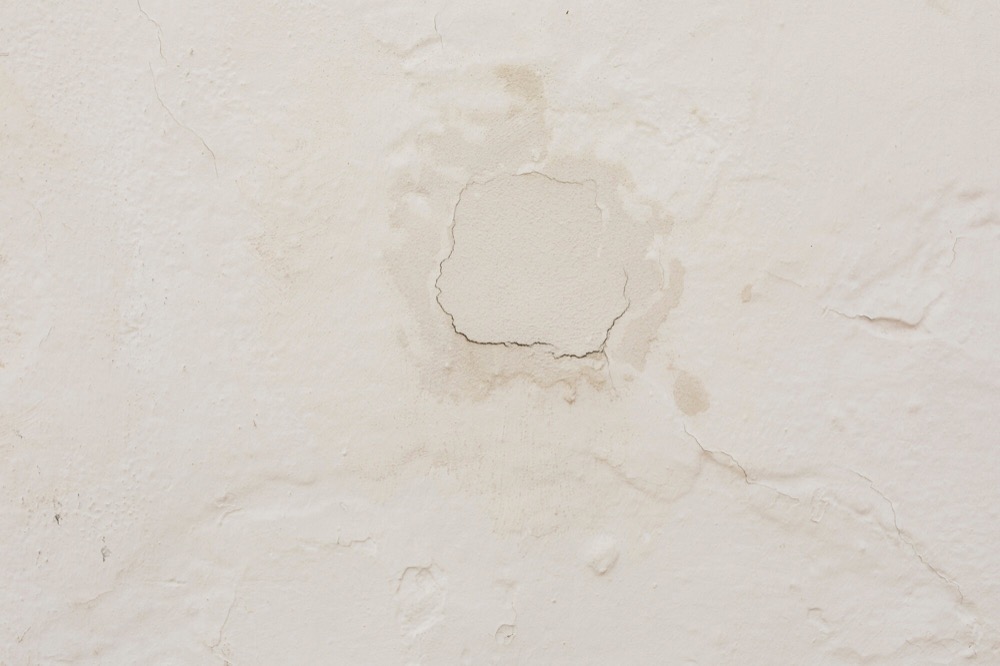How to Tell if Your Drywall Needs Repair After a South Carolina Storm
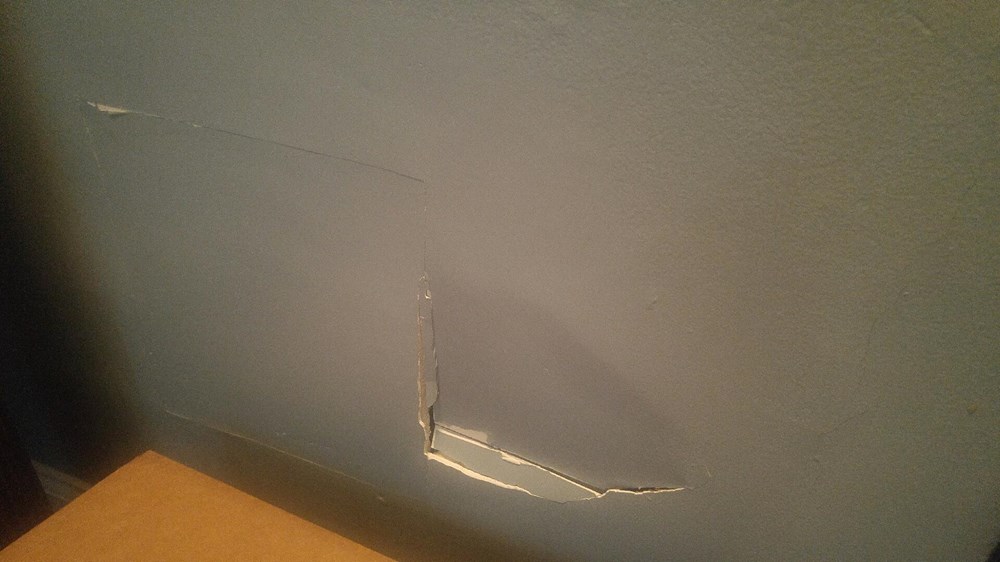
South Carolina storms can be tough on homes, especially on drywall. After a big storm hits, it's crucial to inspect your walls for potential damage. Knowing how to spot issues early and take the right steps can help protect your home from further problems and costly repairs.
Visual Signs of Storm Damage on Drywall
After a storm, look for these clear signs that your drywall might be damaged:
- Water stains: Brown or yellow marks on walls or ceilings
- Bubbling paint: Paint that's lifting off the wall
- Peeling paint: Areas where paint is coming off in strips
- Sagging areas: Parts of the wall or ceiling that are drooping
- Bulging spots: Sections that stick out more than the rest of the wall
These signs often mean water has gotten into your drywall during the storm. It's best to deal with these issues quickly to avoid bigger problems later.
Non-Visual Clues of Drywall Problems
Sometimes, you can't see the damage right away. Your nose and skin can be helpful tools in spotting hidden drywall issues. If a room suddenly smells damp or moldy, it could indicate moisture trapped in the walls. Similarly, if you notice a room feels more humid than usual after a storm, it might be a sign of water damage. These non-visual clues are important to pay attention to, as they can reveal problems that aren't immediately visible.
Key Areas to Check After a Storm
Some parts of your home are more likely to have drywall damage after a storm. Be sure to check your ceilings for water spots or sagging, as these are often the first areas to show signs of roof leaks. Walls near windows and doors are also vulnerable, as these openings can let water in during heavy rain. Don't forget to inspect basement or lower-level walls, which are prone to flooding and moisture issues. Pay extra attention to these spots, as they're often the first to show signs of storm damage.
What to Do If You Find Damage
If you think your drywall has storm damage, take these steps right away:
- Take photos: Document the damage for insurance purposes
- Dry the area: Use fans or dehumidifiers if possible
- Call a pro: Contact a drywall expert for a proper assessment
Quick action can prevent further damage and save you money in the long run.
Risks of Ignoring Drywall Damage
Leaving storm-damaged drywall unrepaired can lead to serious issues. Mold growth can start within 24-48 hours in damp drywall, posing health risks to your family. Water-damaged drywall can also lose its strength, potentially compromising the structural integrity of your walls. Moreover, the presence of mold and dampness can cause breathing issues and other health problems. These issues not only affect your home's value but can also impact your family's well-being. It's always better to address drywall damage early to avoid these costly and harmful consequences.
When to Call a Professional
While small issues might be DIY-friendly, it's often best to call a pro for storm-related drywall damage. Experts can spot hidden damage you might miss, properly dry and repair affected areas, and prevent future issues related to the damage. For reliable drywall repair in South Carolina, consider Brown's Drywall Repair. Our team has the skills to fix storm damage and keep your walls in top shape. Don't let storm damage turn into a bigger problem. Contact Brown's Drywall Repair at 864-360-4501 for a thorough assessment and expert repairs.
‹ Back


